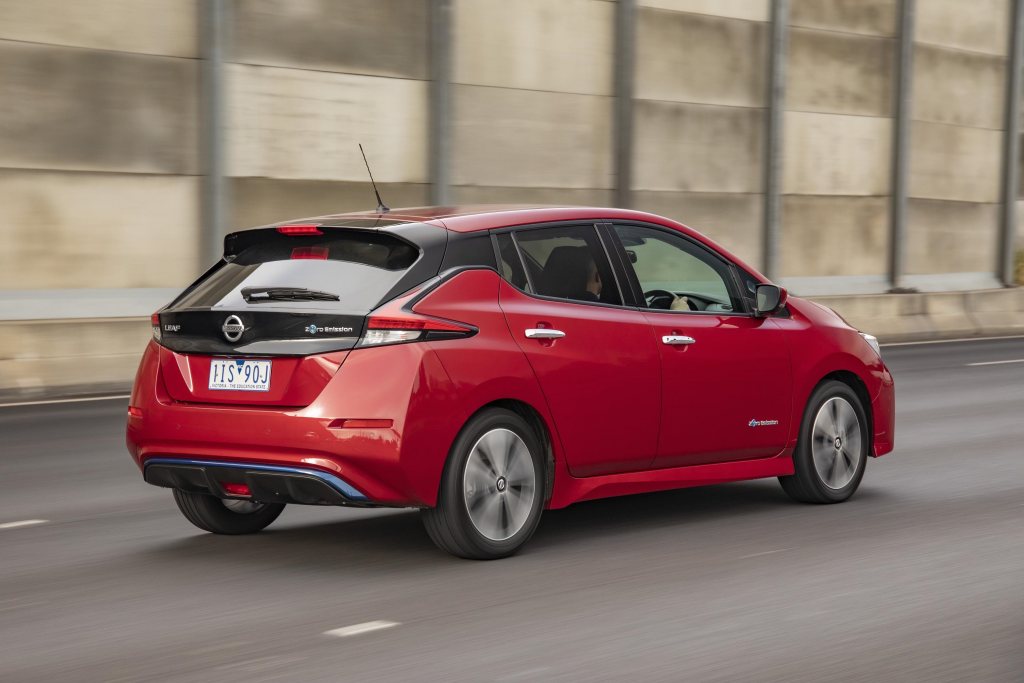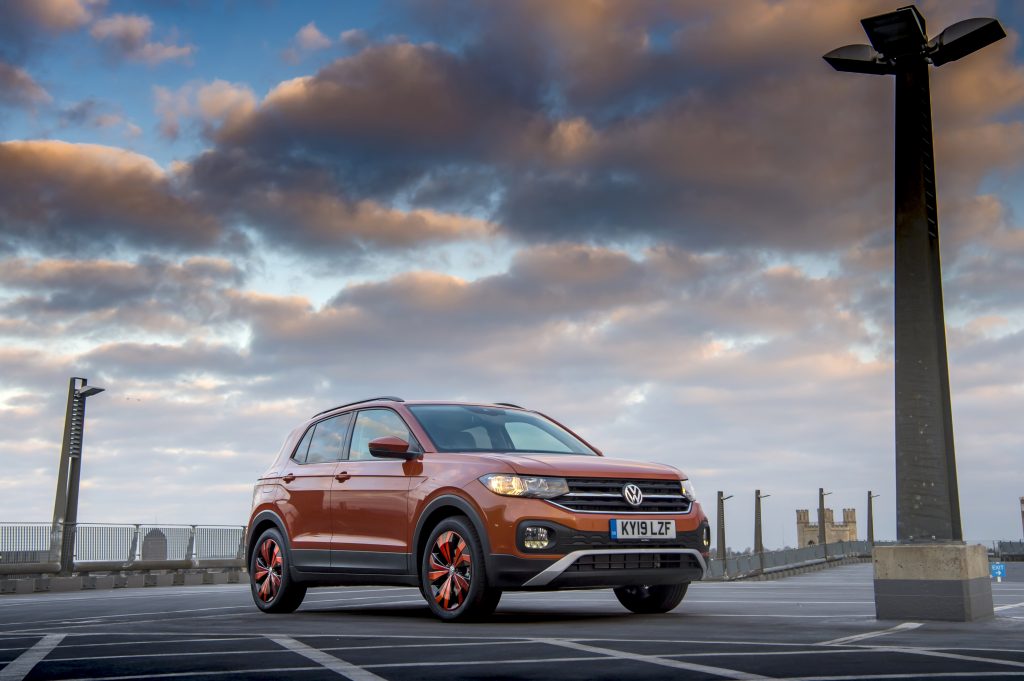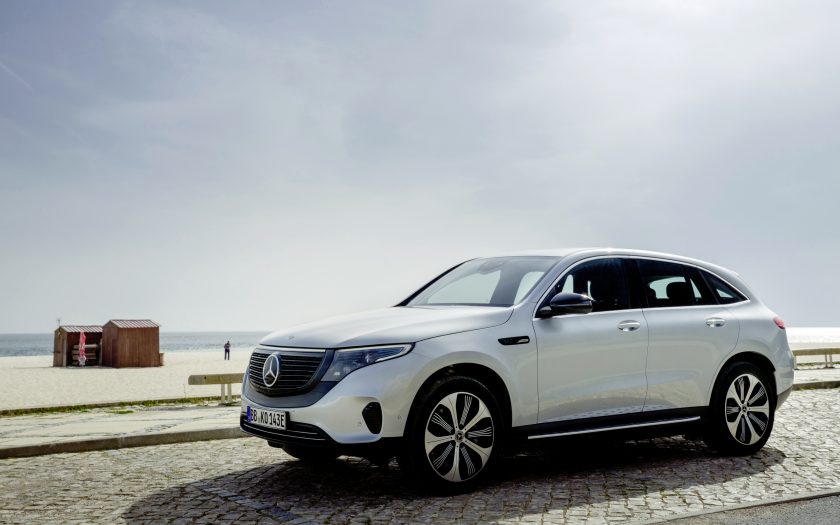FROM MATERIALS TO manufacturing execution, the automobile industry is undergoing massive and rapid change.
In a presentation for The Road to 2020 World Car Awards, Siddharth Vinayak Patankar, editor-in-chief of Indian magazine CarAndBike outlined some of the changes we are seeing.
“It can be said that design is more important to manufacturers, is at its most evocative and imaginative, and is also more crucial to consumers today than ever before. Yes, that generalises and by no means is meant to trivialise the journey that car design has seen since the first cars were sketched on paper.
It is, after all, a time when the most diverse materials are being used to style and shape exterior and interior design today. From carbon fibre in body panels, to magnesium in gearboxes, to hemp-based fibres in car interiors – every aspect of design, be it styling or engineering design – is now at its most diverse. Designers are also working more closely than ever with their engineering counterparts – to help achieve impossible targets on aerodynamics, weight reduction, performance and comfort.
This has also increasingly become true as the vehicles themselves are changing more dramatically and more quickly than ever before. There was a time, not so long ago, when any manufacturer would almost intentionally ensure that its ‘green’ car model – hybrid, electric, fuel cell, or other – would necessarily be designed to ‘look different’. Think of the early Toyota Prius and the cars its success spawned – from the first Honda Insight to the recent Hyundai Ioniq.
But as electrics and hybrids get better on performance and ‘regular car’ attributes, so are their designs evolving to becoming more mainstream. Several design bosses privately agree that their boards do not need the EV to look like the flag bearer of their green efforts. Consumers now seem to prefer being seduced by attractive design – regardless of what propels the vehicle.

As an example, take the first-generation Nissan Leaf (2010) and then compare it to the second generation (2018). The first electric from Mercedes-Benz and a World Luxury Car nominee this year, the EQC is illustrates the same point. It maintains a similar profile to its sibling – the GLC – from which it is derived in some senses.
But while it’s one thing to look ubiquitous or mainstream, to help win consumers over, there are also some inherent advantages an electric car provides from a design standpoint. You don’t need to worry about having a large engine ‘up front’, or a transmission tunnel, and then there’s the centre of gravity advantage by housing the battery pack in the car’s floor. This change is now freeing designers to really start with a blank sheet of paper, unless the brand specifically wants to maintain a certain silhouette or family look.
So, while the latter may be claimed true in the case of the Audi e-tron, look at how Jaguar’s first electric, the I-Pace – World Car and World Car Design of the Year 2019 – has been shaped. Every bit the sibling of the F-Pace and other Jaguars in the face, its big USP is freeing up space to provide a roomy cabin, while maintaining a relatively compact footprint.
But while electrics are opening up a new paradigm for automotive design, they are also providing interesting challenges to ensure that even the so-called conventional cars can slip in electrification – either as a variant or future strategy for the OEM. Cars like the Kia Soul EV illustrate that point emphatically. It is every bit the Soul in its visual character, and yet a smart and efficient urban EV underneath the skin.
Kia is also getting a lot of attention for its Seltos and Telluride SUVs this year. The latter celebrates a conventional SUV silhouette and yet provides modern form and context. Its cousin – the Hyundai Palisade goes in a different direction, playing up new themes like slim LED lighting elements.

Significant SUV design action comes also from the Mercedes-Benz GLB, which steps out of the brand’s SUV design mould, Mazda’s compact little CX30, the Cadillac XT6, Range Rover Evoque, the DS 3 and 7 Crossback, Ford Kuga/Escape, Peugeot 2008, Renault Captur, Skoda Kamiq, and VW T-Cross. The latter is also getting a lot of attention for use of colour in everything from wheels to seat and dash highlights.
In fact, colour is becoming very much the playground of many OEMs, with many also choosing accessorisation or customisation as a way to attract their buyers. Contrasting roofs and ambient lighting are becoming par for the course nowadays, right?
Of course, the sedans and hatchbacks are also well represented. Think of the Hyundai Sonata’s LED signature lights travelling up its hood, the Mazda3’s swooping hood, the Cadillac CT5’s aggression, or the evocative expression of the new Toyota GR Supra. There is a diverse offering – and the list of World Car nominees is even longer than the cars mentioned here!
All of this finally leads to the fact that most of these trends are no longer the preserve of either the luxury set nor the developed markets alone. As the pressure to keep sales going is more and more apparent, car makers are rushing new trends and ideas to market – every market – worldwide.
So it will be an interesting design horizon going forward. And for 2020 we can promise you our design panel has its hands full to whittle it down and bring our 86 jurors a carefully curated list of shortlisted design finalists that will vie for the World Car Design of the Year, 2020.”
THE ROAD TO 2020 WORLD CAR AWARDS began in Frankfurt September 10, 2019 and will end at the New York International Auto Show on April 8, 2020.
